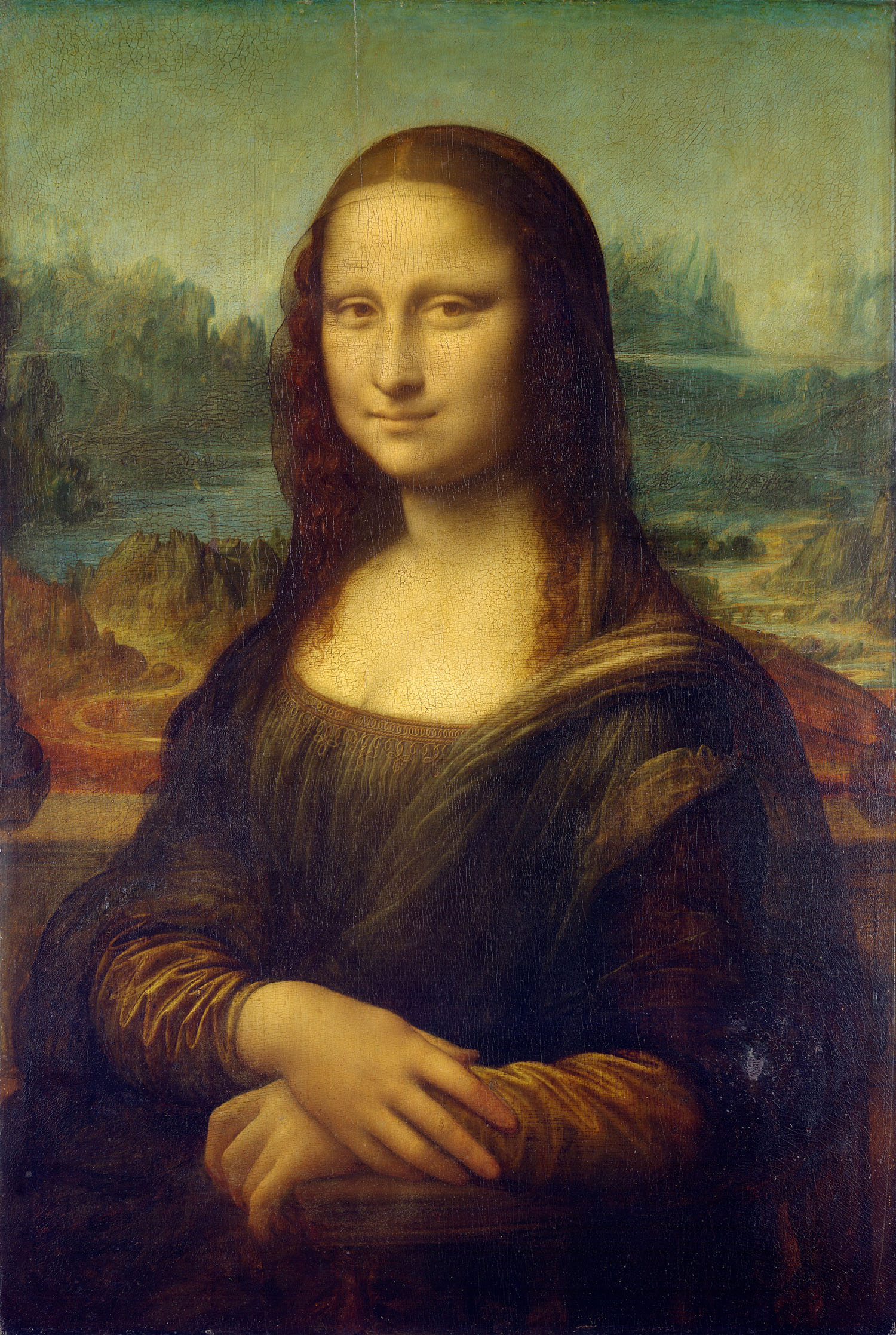
An easy way to make better portraits: center the eye of your subject in the middle of the frame.

I will explore this idea of a centered eye:
1. Eric Kim Examples
Some of my photos where I centered the eye (not always intentionally):








2. Eye Contact
Photos that I shot in which the eye isn’t completely centered, yet there is strong eye contact:




3. Raphael Examples of Centered Eye
Apparently this center-eye composition has been used by many painting masters, like Raphael.
In his ‘Portrait of Bindo Altoviti’, note how the eye of Bindo is centered in the middle of the frame. Not only that, but notice how Bindo’s body is turned left, while his eye turns right towards the viewer:

Also in another example, see this painting of Fornarina, Raphael’s mistress:

So the takeaway point is this: when shooting photos, try to center the eye.
4. Steve McCurry Centered Eye Examples
Steve McCurry also has some good eye-centered compositions in his photos. Not sure whether he does this intentionally or accidentally:

Also remember, not all of Steve McCurry’s portraits have a centered eye. Yet I think photos with a centered eye composition strike the viewer’s heart more.
In the photo below by McCurry of a woman in Italy, the photograph strikes my soul:

Part of it is the centered eye composition:

Part of it is she has good proportions in her face, big eyes, soft light on her face, but also the fact that her lips are slightly opened — which looks sensual:

In one of McCurry’s famous portraits, the eye isn’t perfectly centered, yet still very strong:

The blue line is the center of the frame:

The red line is where the eye is:

The red line next to the blue line:

5. Leonardo da Vinci Centered Eye Composition
Even the famous Mona Lisa has a centered eye composition:


Learn more: 30 Lessons Leonardo da Vinci Has Taught Me About Photography, Art, and Life >
6. Carlo Crivelli
Another example from Carlo Crivelli, Madonna con Bambino (Mother Mary with baby Jesus):

Not perfectly centered, but pretty close:
The actual center in blue:

The eye in red:

The real center (blue line) against the line of the eye (red line):

Conclusion
I’m not certain why a centered eye composition works well. But it seems to engage the viewer. It looks like the subject in your photo is always looking at you.
And it is true, ‘Eyes are the windows to the soul.’
Learn more composition >
Take your composition to the next level:
- Low-Angle
- Dutch Angle
- Deep Depth
- Spacing
- Silhouette
- Leading Lines
- Figure to Ground
- Fibonacci Spiral
- Cropping
- Emotion
- Composition by Eric Kim
Street Photography Composition 101

For distilled lessons on composition, read the free ebook: “The Street Photography Composition Manual.”
Further articles to improve your compositions in photography:
- Composition Lesson #1: Triangles
- Composition Lesson #2: Figure-to-ground
- Composition Lesson #3: Diagonals
- Composition Lesson #4: Leading Lines
- Composition Lesson #5: Depth
- Composition Lesson #6: Framing
- Composition Lesson #7: Perspective
- Composition Lesson #8: Curves
- Composition Lesson #9: Self-Portraits
- Composition Lesson #10: Urban Landscapes
- Composition Lesson #11: “Spot the not”
- Composition Lesson #12: Color Theory
- Composition Lesson #13: Multiple-Subjects
- Composition Lesson #14: Square Format
Composition Theory

Learn compositional theory:
- Why is Composition Important?
- Don’t Think About Composition When You’re Shooting Street Photography
- How to Use Negative Space
- Street Photography Composition 101
- The Theory of Composition in Street Photography: 7 Lessons from Henri Cartier-Bresson
Composition lectures
Compositional lessons from the masters of art


